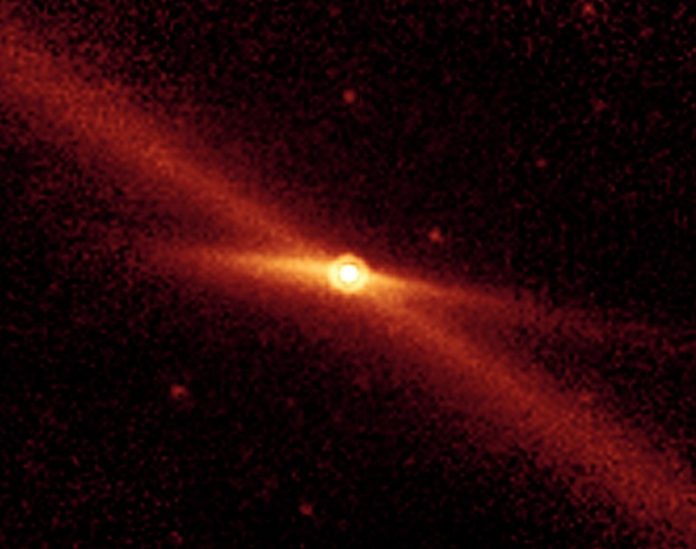
Astronomers have some reassuring news about a possible asteroid threat near our planet: there aren’t as many dangerous asteroids in the Taurid swarm as we once thought.
A team of researchers, led by the University of Maryland, used the Zwicky Transient Facility (ZTF) telescope to study a group of space debris known as the Taurid swarm.
This stream of debris, thought to come from a large comet named Encke, passes close to Earth and can be seen as bright meteor showers in October and November.
For a long time, scientists have wondered if this region might hide large, hazardous asteroids that could potentially hit Earth. Thanks to this new study, those fears have been significantly reduced.
The team announced their findings on October 7, 2024, at the American Astronomical Society’s annual meeting. Quanzhi Ye, the project leader and an assistant research scientist at the University of Maryland, explained,
“We took advantage of a rare chance when the Taurid swarm came closer to Earth, making it easier to search for asteroids that might pose a threat. What we found is that the risk of being hit by a large asteroid from this swarm is much lower than we previously thought.”
Before this study, some researchers believed that the Taurid swarm might contain many large asteroids, possibly up to a kilometer in size.
A large object like this could cause serious damage if it hit Earth, similar to the Chelyabinsk asteroid that exploded over Russia in 2013, injuring more than 1,600 people.
There was also concern that even bigger asteroids, like the one that wiped out the dinosaurs 66 million years ago, could be hidden in the swarm.
Thankfully, the study found that only a small number of large asteroids—between nine and 14—may exist in the Taurid swarm.
The original object that created the swarm is now thought to have been about 10 kilometers in diameter, much smaller than the 100-kilometer-wide object some scientists feared. Ye noted, “While we still need to watch out for asteroids, we can rest a little easier knowing that the risks are lower.”
The Taurid swarm is connected to the comet Encke, which orbits the sun every 3.3 years, one of the shortest periods of any known comet.
Encke is also unusually large and dusty for a comet with such a short orbit.
Scientists believe that Encke has broken apart over time and may continue to fragment in the future.
Studying the Taurid swarm can help researchers understand how small celestial bodies like comets and asteroids form and break apart.
While the study’s results are comforting, the team emphasizes the importance of continued vigilance. Advanced telescopes like the ZTF are essential for tracking potentially hazardous asteroids.
The researchers plan to conduct follow-up studies in 2025 and 2026, when the Taurid swarm passes close to Earth again, to further improve their understanding.
“We’re looking forward to continuing this important work,” said Ye.
Source: University of Maryland.



